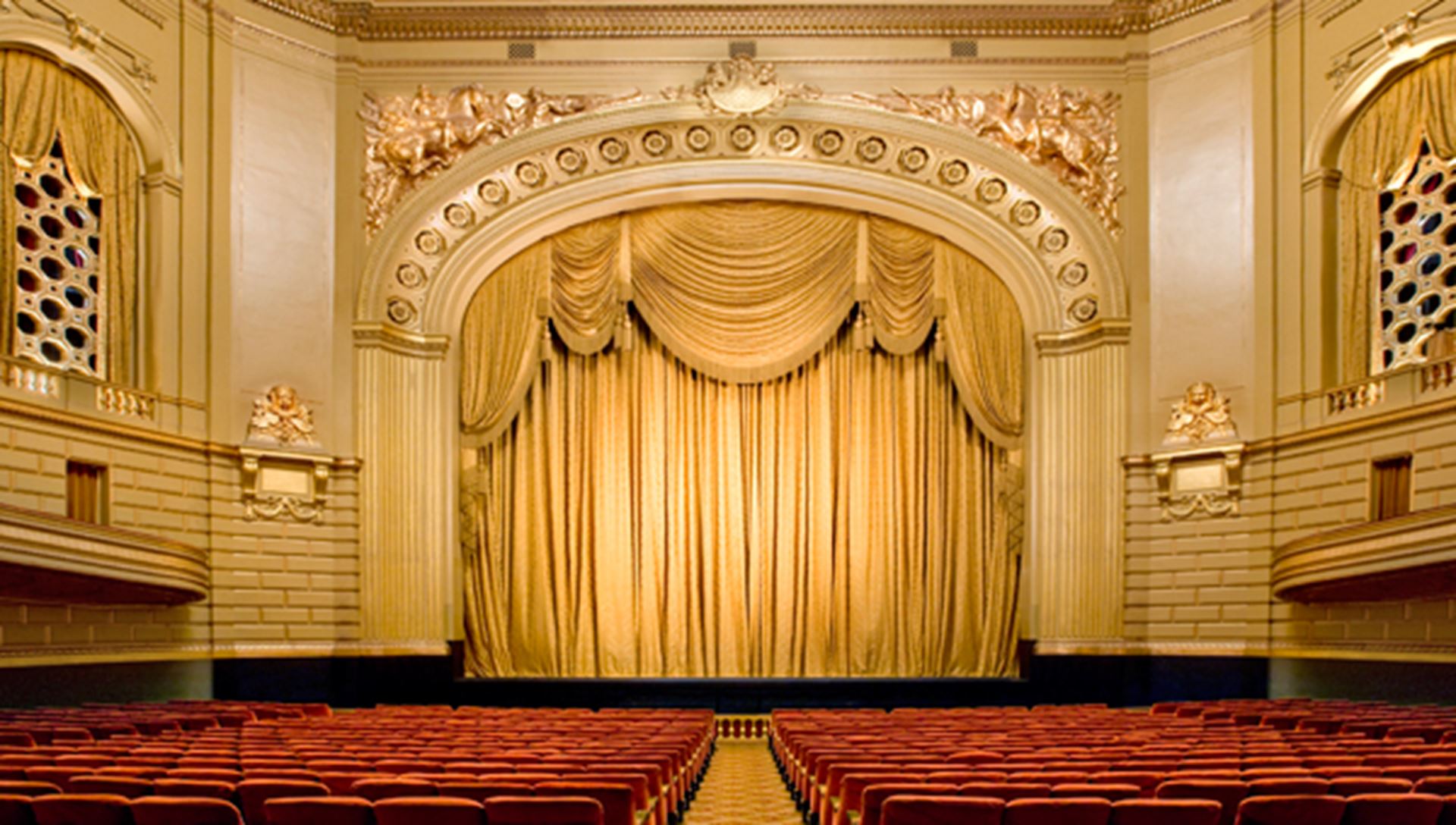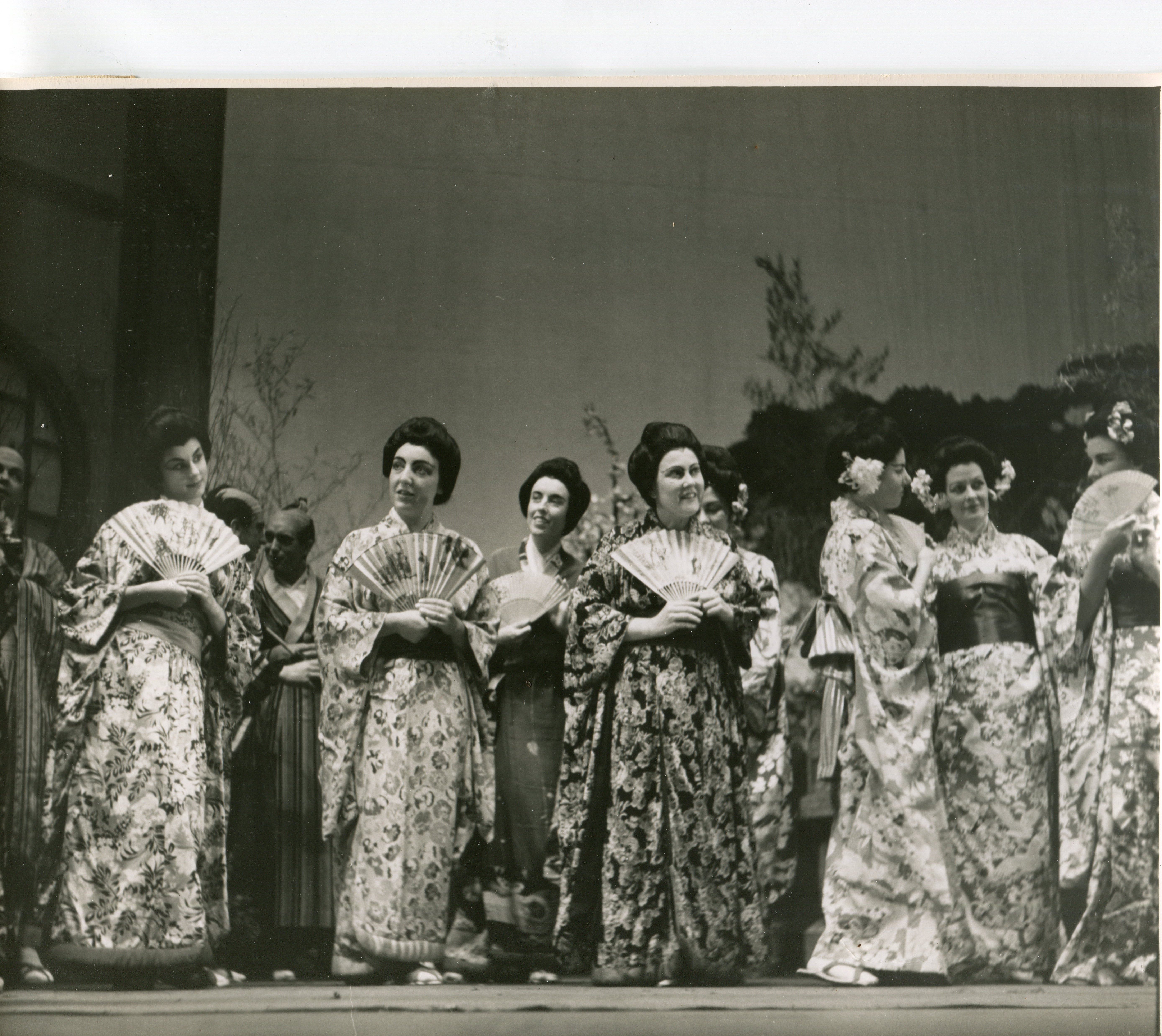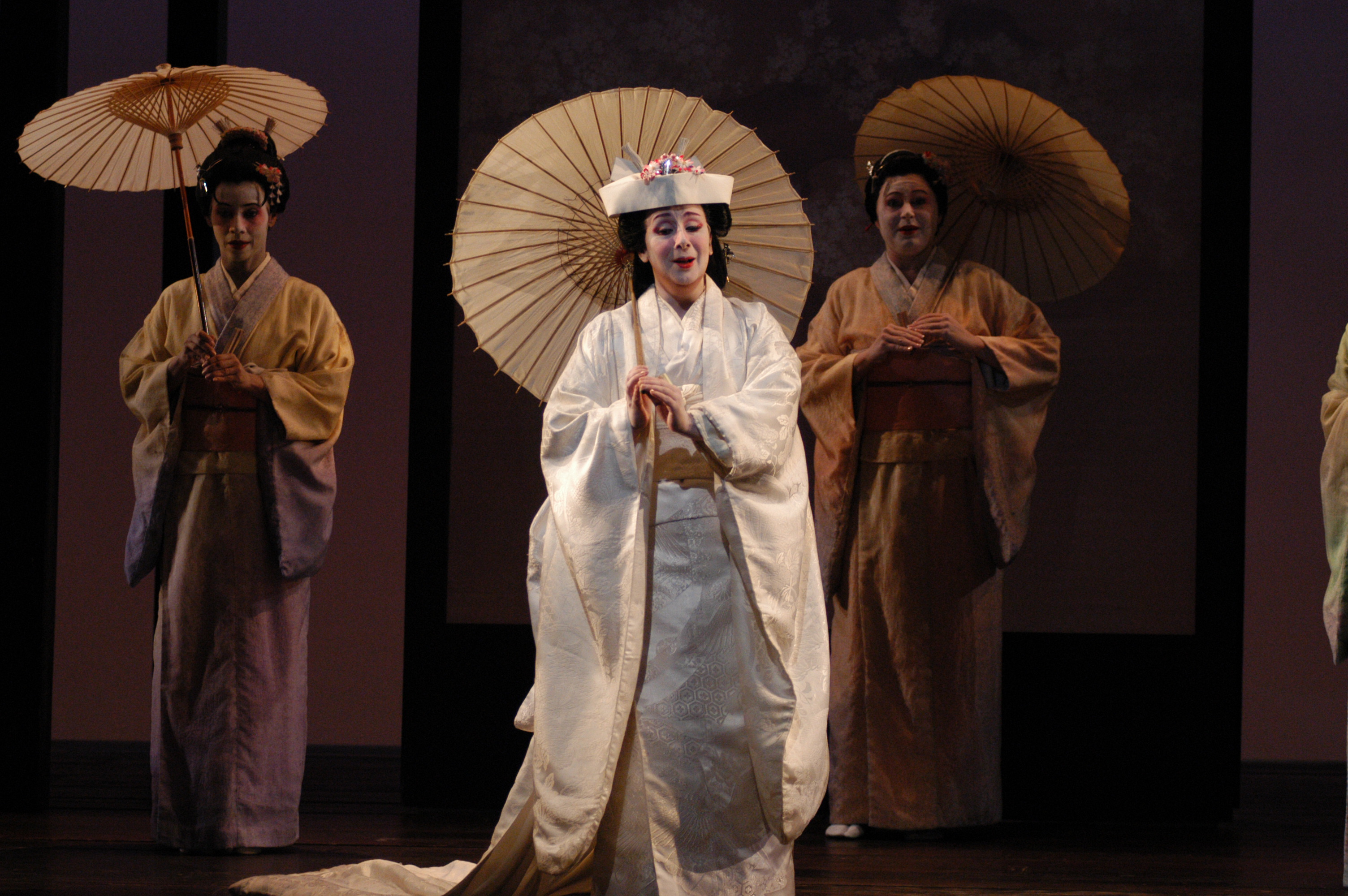
Images of Asian Women in Opera

When I was a child growing up in Oakland, CA, the world I knew was Chinese American. My parents are Chinese American, the daycare I went to was Chinese American, I attended and performed with the Oakland Ballet Academy and Company until high school, which was mostly made up of Asian American students and professional dancers. While we spoke English at home, my mother’s first language was Chinese and she taught me bits and pieces so I knew some growing up. It was not until high school when my eleventh grade English teacher assigned us David Henry Hwang’s M. Butterfly to read for our World Literature Class (that says something, doesn’t it?). I devoured that play. I’m not a fast reader by any means, but I read that play in a day because there was something about it that spoke to me. Something that had been gnawing in my brain for years came flooding into the light. After years of watching the Chinese Tea dance in The Nutcracker, to watching caricatures of Asians as villains lose to the White Hero, here was Hwang’s play telling me, “it’s OK to be Chinese American. Embrace it. We can take Orientalist operas like Madame Butterfly and make it our own.”
Of course, the question is how? The role of Cio-Cio San, aka Butterfly, is a role that is often coveted by Sopranos. She is tragic, she is young, she makes the ultimate sacrifice for her child. Beautiful, but so painful for those of us who live under her Western-created shadow. The image that Puccini creates of Cio-Cio San as the butterfly and the child has permeated throughout Western, mostly male, ideas of Asian women. The sexualization of Asian women stems from this subservient stereotype, the woman who would do anything to please the dominant force, in this case, the Western male.

Throughout their “marriage,” Pinkerton shows himself to be a man who, inadvertently, embraces the role of Western male with an Asian fetish. He creates a dominant figure in Cio-Cio’s life because not only has he bought her, he has molded her into a child, calling her his “Japanese doll,” telling his friends that he will “pin her wings to the wall,” much like a collector displaying his property.
The image of a doll – a toy that is loved for a period of time and then tossed – is one of the major problems of Butterfly that has been allowed to permeate all of popular culture. Dr. Leilani Nishime, Professor of Communication at the University of Washington, stated in a panel presentation on “Asian Arts Leaders Respond to Madame Butterfly: A Community Forum and Panel Discussion” for Seattle Opera that the problem is in the constant repetition, and I’ll add cementing, of the stereotype in Western popular culture. Butterfly has created, for us, an image that all Asian women are disposable, that those bodies can be easily replaced for someone else more desirable. It also paints a picture of absolute loyalty to those people who want to dominate and abuse.
The act of yellowface does not just apply to the makeup actors use to make themselves look more Asian, it is also a state of mind. How do we change the image of Butterfly, the character, to create a more equitable and accurate picture of Asians in opera? In a world where AAPI hate crimes are up by 300%, opera creatives can not, and should not, ignore the harm that operas like Madame Butterfly can cause to the AAPI community, especially those who identify as female.


